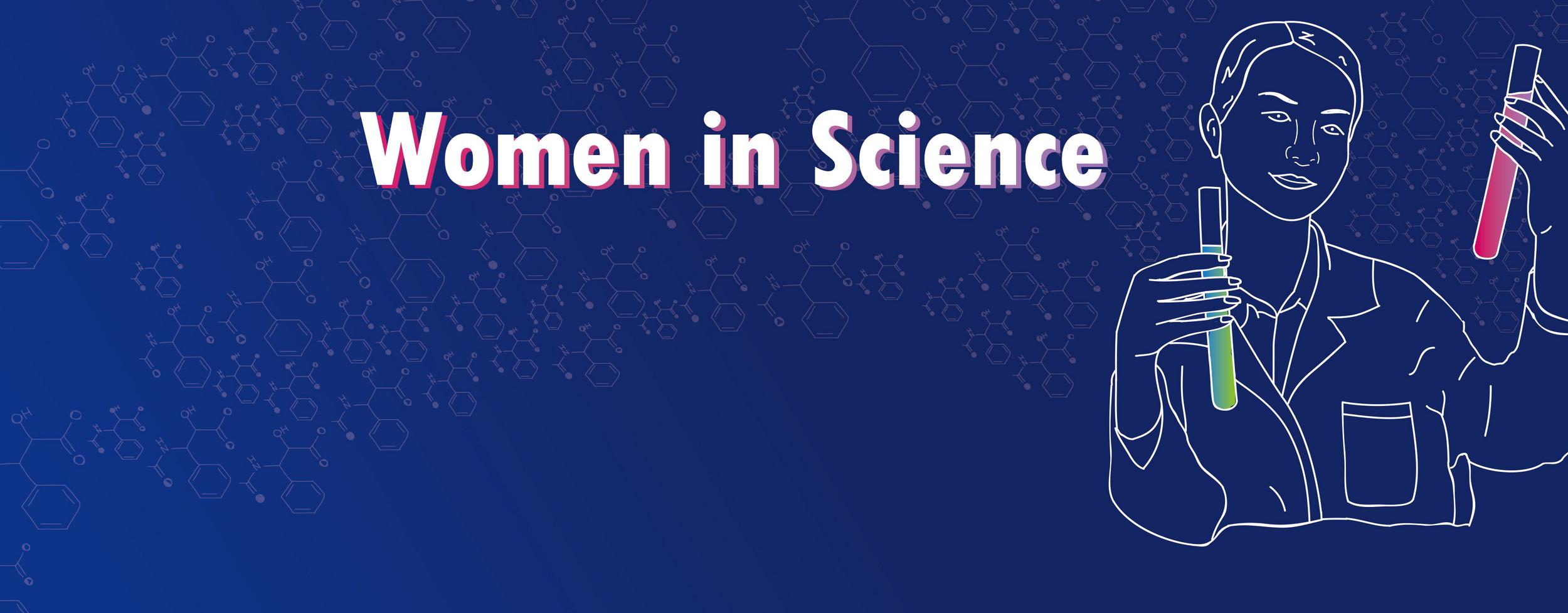
Woman in Science Kulwinder Sagoo
Growing up, Kulwinder Sagoo thought her best career choice was in accounting. Although today she is a product specialist at HORIBA Glasgow, she was not passionate about science at a young age. The thought of working with chemicals did not appeal to her, and the dissection of anything was certainly out of the question.
That was before the world of science began opening up to her.
“In high school, I was given the opportunity to be a science lab assistant,” she said. “My mentor was my chemistry teacher, Mrs. Kisway, who was the first female scientist I had come across. It involved preparing chemicals for all of the class lab sessions, among other tasks.”
The more she “played” in the chemistry lab, the more comfortable she became with the concept of chemical preparation. She began to enjoy it and actually found herself quite at home in the lab environment.
“In fact, I enjoyed it so much that I decided to pursue a degree in chemistry instead of accounting,” she said. “I did have to run it past my dad, who did not believe that there was a career in science for women, and that accounting was the best route for me.”
Torn at that point, Kulwinder consulted with her older brother, who agreed that she should pursue the path she enjoyed the most.
“I am glad that I took my brother’s advice, and my dad is too,” she said. “We still have a wee laugh about it.”
That Scottish brogue isn’t native to Kulwinder. She was born and raised in Hamilton, Ontario, Canada, which is located halfway between Toronto and Niagara Falls. Hamilton, known as Steeltown, is famous for its part in the history of North American steel production.
Kulwinder studied at Brock University, in St. Catharines, Ontario, and received a bachelor’s of science in chemistry with honors in 1996, and a master’s degree in chemistry in 1998.
One of her first jobs in research was during the summer after her third year at the university. A company in southern Ontario was looking for someone to come up with a formulation to turn plain sand into children’s play sand. It was to be available in a variety of colors and then distributed worldwide.
“I started the work on a small scale in a university lab using dyes and epoxies, and by the end of the summer, made the process work on a large scale in a factory,” she said. “My final task was to train others to continue the production of the product. It was an interesting challenge and showed me the scope of jobs available for scientists.”
Her fourth-year research project and master’s research was done under the direction of a newly appointed faculty member John Brennan, who is now the director of the Biointerfaces Institute at McMaster University, Hamilton. The research involved measuring changes in protein structure when they are put into sol-gel derived glasses. This has application in the field of biosensors. The measurements Kulwinder performed introduced her to the use of steady-state and time-resolved fluorescence spectroscopy.
She also worked as a research associate at McMaster University in the same research group for four years after she earned her degrees. In addition to continuing research in the field of bioanalytical chemistry, she was responsible for the upkeep of all of the lab’s instrumentation, including instruments that are a part of the HORIBA current family of products.
Kulwinder first used fluorescence spectroscopy in 1995 and still makes use of it today in her role as product specialist. She joined the HORIBA team in Glasgow in 2002, which was originally IBH before being intergraded into HORIBA.
“Glasgow is home to the HORIBA Centre of Excellence for time-correlated single photon counting (TCSPC). That’s where all functions from product conception, mechanical and electrical design, manufacturing, software development, testing, sales, and applications support take place. Being a part of a small team creates a diverse role for me in the company.”
That includes supporting all aspects of the business, particularly pre- and post-sales support, along with production assistance. Prior to the launch of a product, a great deal of testing is required at the Glasgow manufacturing, and research and development site. Kulwinder also works with her colleagues and customers to ensure that the customer gets the best-configured package for their application.
She has always worked in a male-dominated environment, and being a woman in the field has never become an issue of contention.
“I grew up with 3 brothers, so was always used to being in a male dominant environment,” she said.
“A career of counting was definitely in the cards for me, but it turned out I would be counting photons instead of money.”
Do you have any questions or requests? Use this form to contact our specialists.